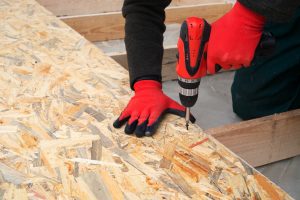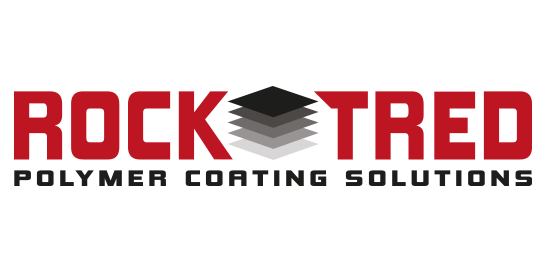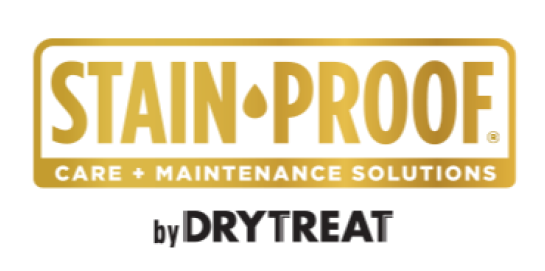OSB substrate for waterproofing systems is a perfectly viable construction method. This type of board is a versatile and extremely strong construction material. OSB and plywood are products used in multiple facets of construction. Both are considered sheeting material; used in floor, ceiling, roof and wall substrates.
What is plywood?
Plywood is put together by taking several thin strips of milled wood (a ply) and bonding them together with wood adhesive. The outer and inner layers are set perpendicular (grain-wise) to one another to increase product strength.

What is OSB?
OSB stands for oriented strand board, an equivalent product to plywood. Unlike plywood, OSB is an engineered material comprised of multiple layers of wood fiber or strands compressed together and bonded with high-tensile resins. The outer layers usually have the strands running longitudinally, while the inner layer strands are formulated perpendicular to the outer layer strands.
OSB is strong and water-resistant.
Every single fiber or piece of wood in an OSB is saturated with a cocktail of resins designed to provide superior strength and waterproofing to the finished product. This type of construction makes OSB is an incredibly strong material. In many instances, it is rated for load bearing applications (depending on the OSB grade). This type of board is an excellent material for use in waterproofing systems, be they roof, sub-floor or wall.
OSB vs. Plywood
- Lower cost than plywood. On average OSB costs less than standard plywood by 10-15%. When considering the amount of OSB or plywood you have to buy to build a home, those savings amount to hundreds or even thousands of dollars.
- OSB has more uniform density. A sheet of plywood may be 6-7 plies thick, OSB is double that amount due to the compression of so many layers.
- Greater strength. Due to the number of plies and the resins used to compress them, OSB is stronger structurally than its plywood counterpart.
OSB substrate for waterproofing systems.
OSB makes an excellent substrate for waterproofing systems in the construction process. A waterproofing system is a practice of using impervious membranes and coatings on a substrate to ensure the protection of the contents and structural integrity. Whether it’s a roof, a sub-floor or wall structure, OSB is the substrate to which the membranes and coatings will be applied to create a tight water seal. (Some waterproofing systems use a sheeting and adhesive approach, rather than the liquid membrane.)
Choose the waterproofing system best suited for your climate and project.
Whether you decide to use a liquid membrane or a sheeting system for your waterproofing, always use the right one for your substrate and weather. Areas with heavy rain and year ’round moisture require more heavy-duty applications than the American Southwest, which sees very little moisture. Certain places (Alaska, far northwest and far northeast) will often use multiple kinds of weatherproofing applications due to excessive moisture and temperature extremes.
How important is waterproofing in the building process?
Structural waterproofing is of critical importance to the longevity and soundness of any building. Rough estimates of water damage costs to homeowners in the year 2015 alone run into the billions. When you combine OSB with high-quality waterproofing membranes and systems, you avoid being a statistic in a water damage scenario.
OSB is a first-rate building material.
OSB substrates for waterproofing systems are every bit as durable and resilient as plywood. This type of board is actually stronger structurally than plywood, adding an extra layer of structural rigidity. This strength and resilience is essential when building waterproofing systems. Please contact us to get more information about our waterproofing systems, and their compatibility with OSB substrates.











